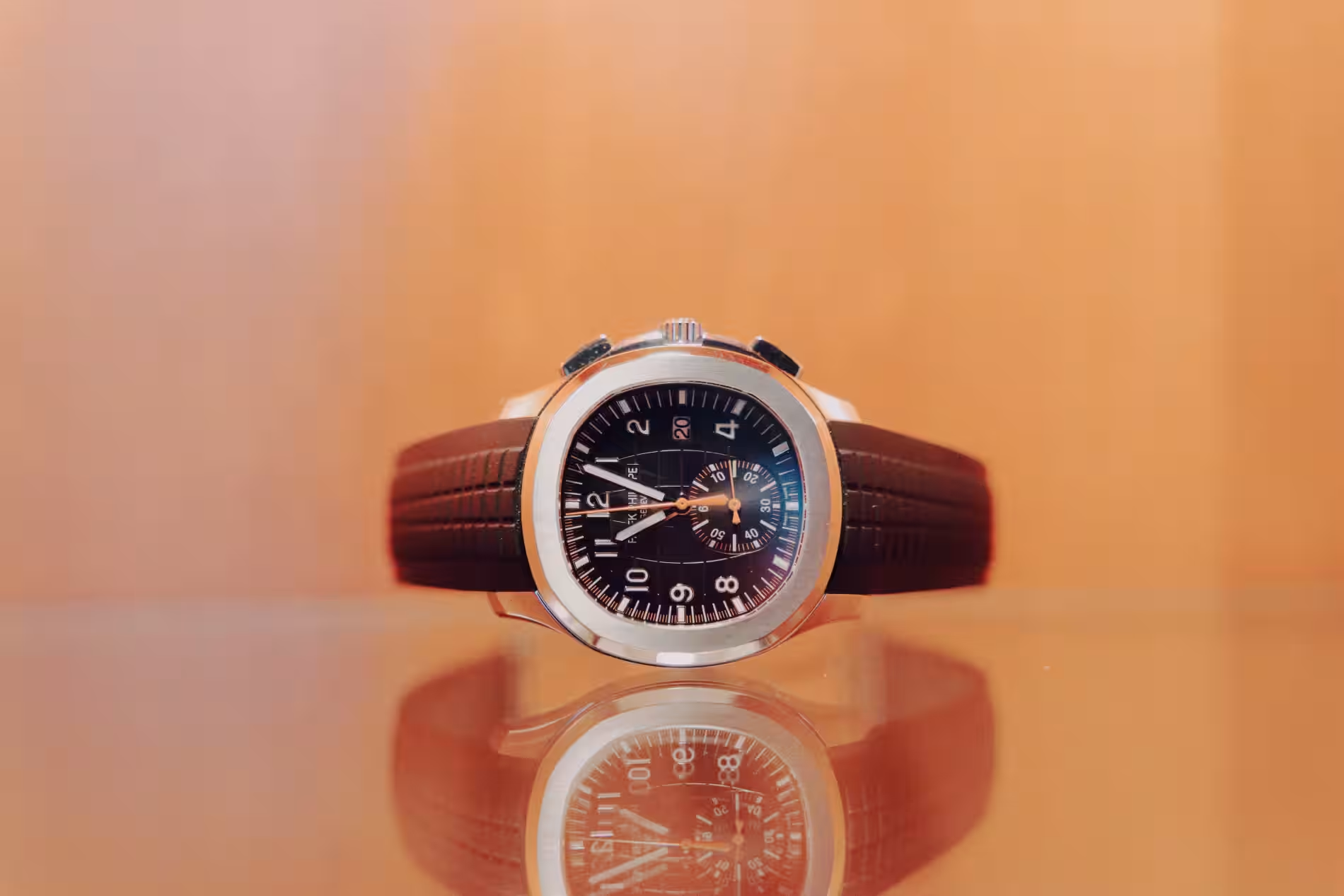When smartwatches were first introduced, many feared that it would be the beginning of the end for mechanical timepieces; how could a traditional watch – even a luxury one – hope to compare to a tiny supercomputer you could wear on your wrist?
Yet no one could have predicted Gen Z’s movements, which are a far cry from forecasted fears. A recent report by Watchfinder & Co. has revealed that the younger generation are in fact embracing luxury timepieces with surprising vigour – and perhaps changing the luxury watch space in the process.
The younger generation’s surprising smartwatch shun
Generation Z – or Gen Z, as they’re colloquially called – were born between 1997 and 2012, making them between 13 and 28 years-old. Gen Z are therefore the youngest generation with independent purchasing power.
Initially, when smartwatches were released, many in the industry believed that Gen Z would go on to shun traditional timepieces and not entirely unfoundedly. This generation does, after all, include a segment of the population who – literally – bear no memory of a time when a smart device did not refer to tech; to some, the smartwatch may have seemed like a more natural companion for the younger generation.
But a recent report by preowned watch specialists Watchfinder & Co. has revealed just how wrong this forecast was. The findings, which made waves in the timepiece community when it was originally released, show that Gen Z are in fact the biggest endorsers of luxury, traditional timepieces today, with favourites including heavy-hitters like Rolex and Audemars Piguet.
We anticipate that this trend will be a lasting one. A mechanical watch, after all, tells more than just the time: it tells a story.
Gen Z will spend 4x on a watch compared to boomers
According to popular preloved retailer Depop, the platform saw a 34% spike in searches for watches in January of this year. This is in line with findings from the Watchfinder report which revealed that a staggering 41% of Gen Z-ers bought a luxury timepiece in the last year (from when the report was originally published).
But while Gen Z are happy to purchase their luxury timepieces second-hand, that doesn’t mean they’re opposed to spending substantial sums. In fact, according to the report, Gen Z would be willing to spend £8,407 on their next luxury watch, double that of millennials (the next generation up) at £4,119, and more than four times more than boomers at £2,036.
It’s clear, then, that Gen Z are undoubtedly the biggest spenders in the luxury timepiece space – but their purchases come at a price.
Luxury with a conscience
It’s no secret that Gen Z are markedly more eco- and social-conscious than previous generations, and Watchfinder & Co.’s report show that they bring their values with them when purchasing luxury timepieces.
The report finds that 54% of Gen Z-ers prioritise sustainability when it comes to fashion, with luxury watches no exception. Consistent with this, it was also found that 30% of surveyed Gen Z-ers prefer their luxury timepieces second-hand as the more environmentally friendly option.
Besides leading with their values when purchasing luxury timepieces, Gen Z exhibit other purchasing preferences of note. Their top three favourite luxury watch brands are Rolex (43%), Cartier (25%) and Omega (16%).
In terms of style, the top five attributes this generation care about are, in order:
- Fashionable/trendy
- Minimalist
- Vintage 90s
- Vintage 80s
- Sporty
When it comes to their top considerations before purchasing a luxury watch, this is one area where Gen Z aren’t so unlike their generational counterparts, with watch condition the top consideration at 69%, good value a close second at 65%, and confirmation of authenticity just a fraction behind that at 64%.
Insuring your luxury timepiece.
At Stanhope, we believe in being fully transparent with our customers, which is why, if you’re living in your family home, we’d recommend adding your luxury insurance timepiece to your family’s contents insurance policy as this could work out more cost effective for you.
It’s also good to know that your premiums will drop significantly when you reach 30 years-old, as you are considered to be a lower insurance risk.
That said, we’re proud to be able to offer luxury timepiece protection to people who are 21 years-old and over, for standalone watches. You can get an instant quotation and coverage on our watch comparison site. Alternatively, we’d be more than happy to discuss your individual insurance requirements looking at high value home options alongside standalone.
Luxury protection, just clicks away
Simon Lazarus, Head of PR & Content at luxury watch marketplace Chrono Hunter
Q&A
What other trends are we seeing from Gen Z in the luxury timepiece space? We spoke to Simon Lazarus, Head of PR & Content at luxury watch marketplace Chrono Hunter, to find out.
Has Chrono Hunter seen a significant increase in Gen Z buyers?
Yes, we have. More and more, we’re seeing that Gen Z really appreciate the craftsmanship of traditional mechanical watchmaking. In fact, we saw a huge uptick in Gen Z buyers from 2020 which we think was in part fuelled by the pandemic. As a result, we’ve noticed that many Gen Z-ers are turning to luxury watches to start or grow their collection
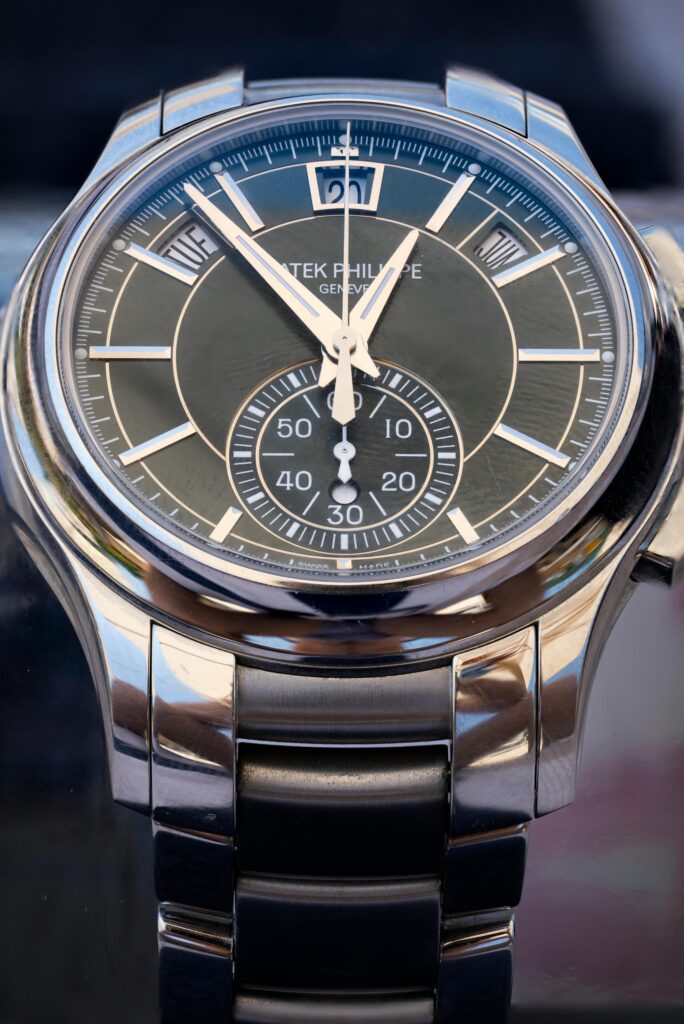

What’s the most interesting thing about Gen Z’s approach to luxury watch shopping?
I would say the supply and demand. We’ve seen that Gen Z like big brands, like Rolex and Patek Philippe, despite not being readily affordable at retail prices, which in turn is fuelling the growth of the preloved watch market.
And why not? Buyers can effectively buy pretty much pristine luxury watches for a fraction of their original cost subject to the brand’s desirability. What I will say, however, is that there’s no guarantee a timepiece bought second-hand is authentic. We don’t have this problem at Chrono Hunter, because all watches we transact are fully authenticated, thanks to our exclusive network of the best luxury watch retailers.
They have all been carefully curated based on the most stringent aspects such as trading history, customer service and business reputation.
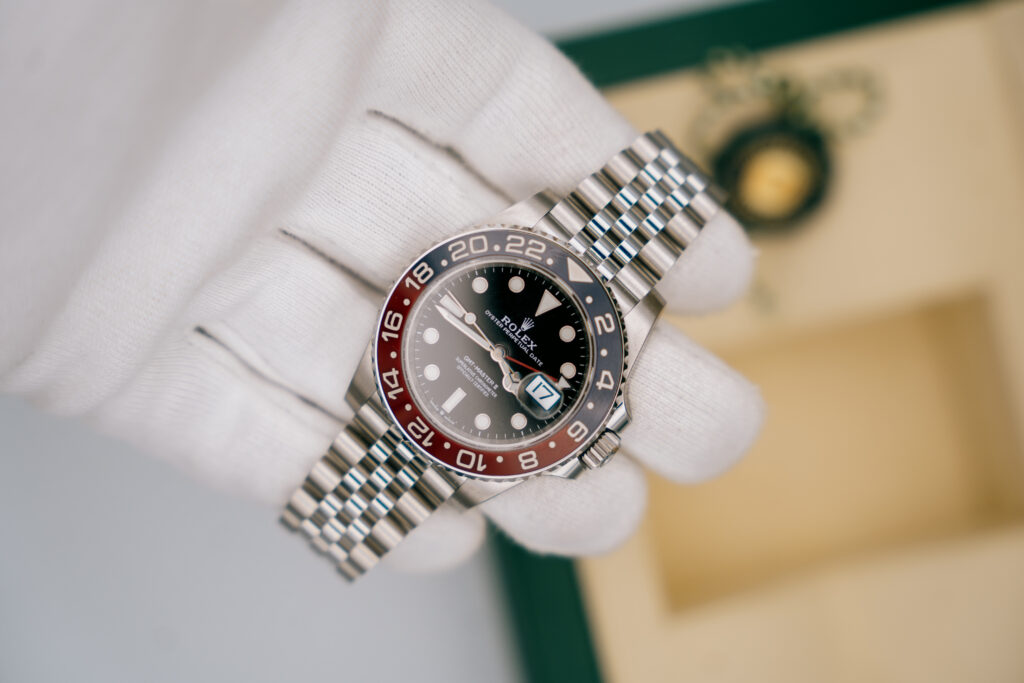
Which brands are popular with this generation?
There is a growing trend toward Audemars Piguet, Rolex, Cartier and to a lesser degree Tudor and Omega. These top Swiss luxury watch brands are really popular with Gen Z due to their excellent specifications, limited edition runs and craftsmanship.
Christopher Ward is also becoming quite popular as a more attainable entry-level watch, due to their specifications and high-end complications which in turn is helping the resurgence of independent British watchmaking.
What are your tips for Gen Z-ers looking to purchase a luxury watch?
Ultimately, buy what you love and love what you buy. My advice would be to research the heritage and story behind the brand or model you’re thinking of purchasing and find what resonates. Financial considerations are also important, but I believe you can portray your personal taste no matter your budget.
What about purchasing trends?
We’re seeing a lot of our Gen Z buyers veering towards special occasion watches, e.g. birth year watches, to commemorate big life events like weddings, graduations and big promotions.
We’ve also observed that this generation tends to view timepieces as an extension of their wardrobe – something to accentuate their existing attire.
There’s also a noticeable trend towards vintage as well as slimmer watches. Three decades ago, the norm was a 40mm case diameter, but we’re now seeing more 36-39mm case diameters for that ‘just right’ goldilocks fit on the wrist across different types of watches from dress pieces to divers.
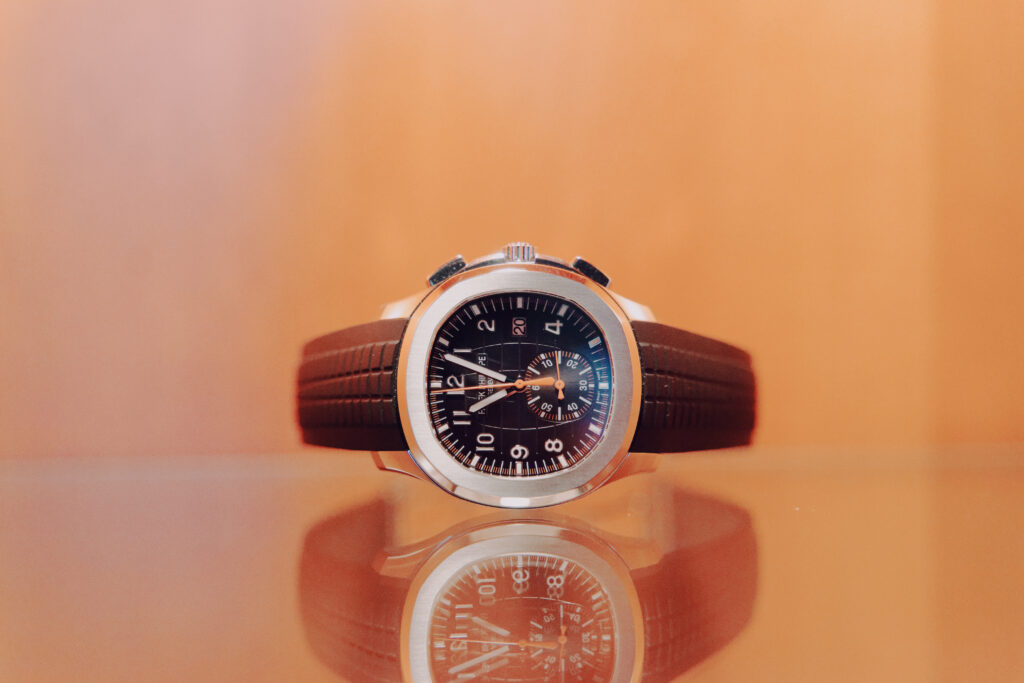
Any watches in particular you’d recommend?
Sadly not enough time to list them all!
Again, this one depends on your own personal preferences and style, so I’ll recommend some iconic models or those with complications that I think tick all the horological boxes for wearers, with chronograph functions, legibility, and sleek visual architecture. You might like a chronograph, in which case you might consider going for one of the most iconic chronographs ever made with a Breitling Navitimer or TAG Heuer Monaco, made famous by Steve McQueen wearing it in the 1971 film “Le Mans.
Others might like an elegant dress watch, in which case I’d point to Cartier as well as Rolex, particularly the Tank, Rolex 1908 (ice blue) or Datejust. If you’re looking for a versatile watch you can dress up or down, and wear from the boardroom to the beach bar, you might consider the Rolex Submariner, Rolex Daytona or Oyster Perpetual, Audemars Piguet Royal Oak, Vacheron Constantin 222, IWC Portugieser or Patek Philippe Nautilus reference 5990.
Consistent with our policy when giving comment and advice on a non-specific basis, we cannot assume legal responsibility for the accuracy of any particular statement. In the case of specific problems, we recommend that professional advice be sought.
Get up to four quotes for watch insurance
Get an instant quote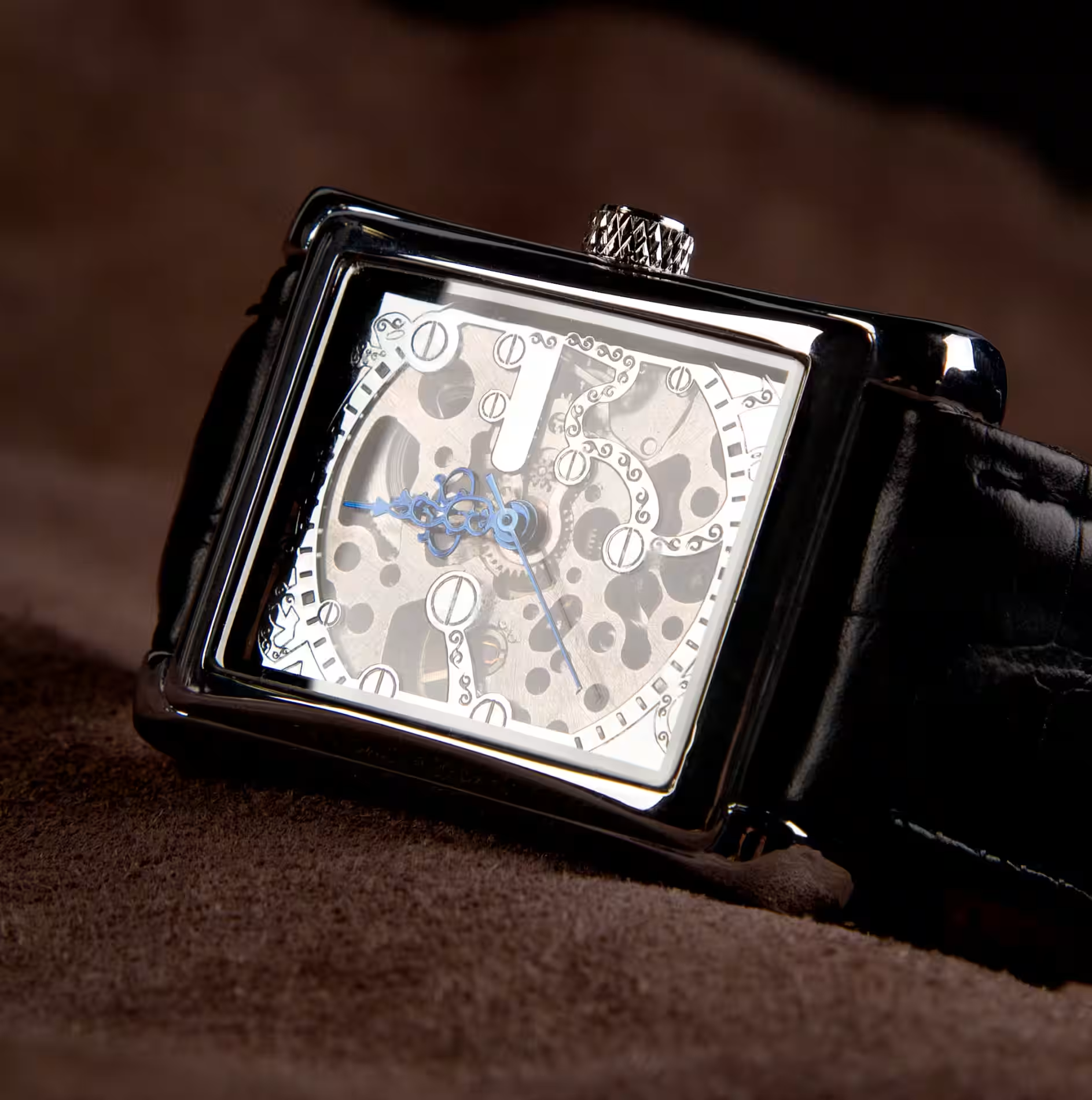
Really lovely people Offering a good value and personalised approach to jewellery insurance
5 Star Review ReviewsIO
Sources
Tick-tock: the return of the non-smart watch | Watches | The Guardian
